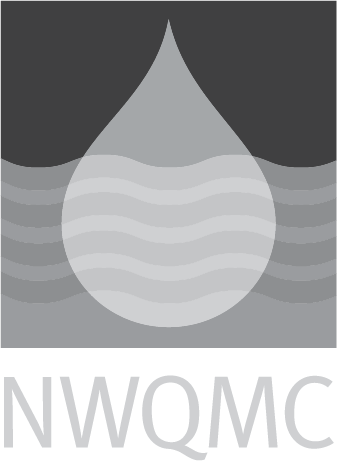EPA-RCA: 6020A: ICP-MS
|
Official Method Name
|
EPA Method 6020A, Inductively Coupled Plasma-Mass Spectrometry |
|---|---|
|
Current Revision
| Revision 6, November 2004. |
|
Media
|
WATER |
|
Instrumentation
|
Inductively Coupled Plasma - Mass Spectrometry |
|
Method Subcategory
|
Inorganic |
|
Method Source
|
|
|
Citation
|
|
|
Brief Method Summary
|
Method 6020 describes the multi-elemental determination of analytes by ICP-MS in environmental samples. The method measures ions produced by a radio-frequency inductively coupled plasma. Analyte species originating in a liquid are nebulized and the resulting aerosol is transported by argon gas into the plasma torch. The ions produced by high temperatures are entrained in the plasma gas and introduced, by means of an interface, into a mass spectrometer. The ions produced in the plasma are sorted according to their mass-to-charge ratios and quantified with a channel electron multiplier. Interferences must be assessed and valid corrections applied, or the data flagged to indicate problems. Interference correction must include compensation for background ions contributed by the plasma gas, reagents, and constituents of the sample matrix. Prior to analysis, samples which require total values must be acid digested using appropriate sample preparation methods. |
|
Scope and Application
|
Inductively coupled plasma-mass spectrometry (ICP/MS) is applicable to the determination of sub-ug/L concentrations of a large number of elements in water samples and in waste extracts or digests. When dissolved constituents are required, samples must be filtered and acid-preserved prior to analysis. No digestion is required prior to analysis for dissolved elements in water samples. Acid digestion prior to filtration and analysis is required for groundwater, aqueous samples, industrial wastes, soils, sludges, sediments, and other solid wastes for which total (acid-leachable) elements are required. |
|
Applicable Concentration Range
|
Instrument detection limits, sensitivities, and linear ranges will vary with the matrices, instrumentation, and operating conditions |
|
Interferences
|
Isobaric elemental interferences, isobaric molecular and doubly-charged ion interferences, physical interferences, and memory interferences. |
|
Quality Control Requirements
|
Instrument detection limit estimation; monitoring of internal standard intensities; extensive QC for interference corrections; analysis of spiked samples and controls. |
|
Sample Handling
|
Sample collection procedures should address the considerations described in Chapter 9. See the introductory material in Chapter Three, Inorganic Analytes, for information on sample handling, storage, holding times and preservation. Only polyethylene or fluorocarbon containers are recommended for use in this method. |
|
Maximum Holding Time
|
Varies by analyte. |
|
Relative Cost
|
$201 to $400 |
|
Sample Preparation Methods
|
Digestion |




